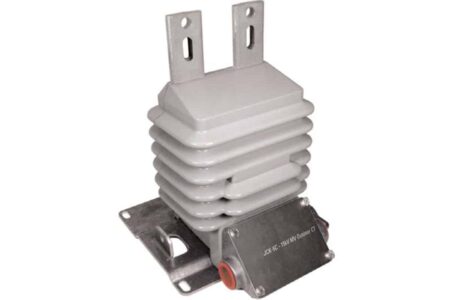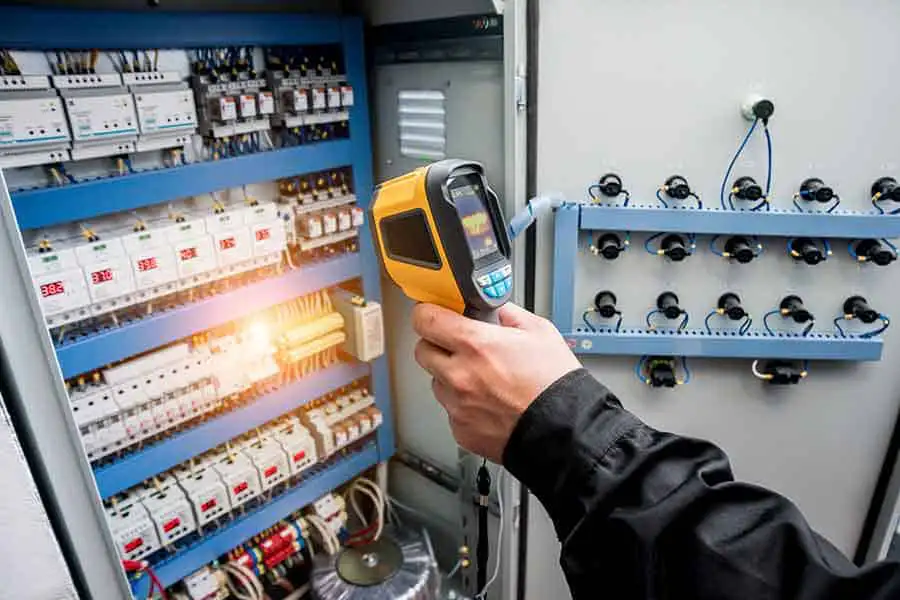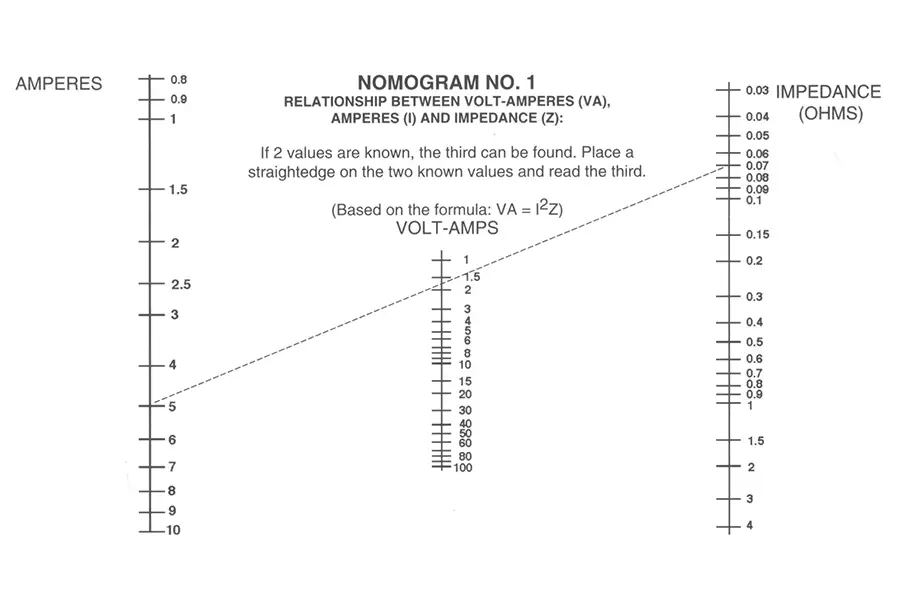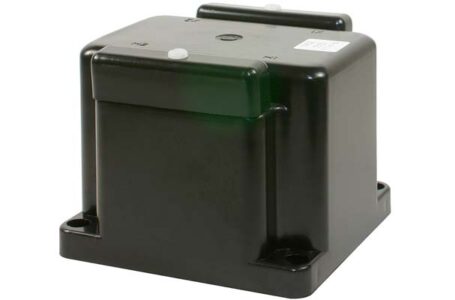Solar energy has emerged as one of the primary sources of electric power generation in the United States, with the renewable energy sector accounting for 11% of the total U.S. energy consumption in 2018. The result is a tenfold increase in U.S. solar energy consumption between 2010 and 2019, with an average of 34.36% increase year over year, according to the U.S. Energy Information Administration.
This increase is evident in the number of large-scale solar farms currently being constructed to benefit communities and municipalities, as well as the installation of rooftop solar arrays on commercial buildings by companies such as IKEA, Walmart, Target, Apple, and Amazon for the purpose of lowering their dependency on fossil fuels and ultimately lowering overall operating costs.
Whether the intent is to "sell back" some or all of the power generated through these commercial PV systems or on-site consumption of that energy, integrating solar into commercial and utility-sized operations requires accurate monitoring and sensing. Current transformers and voltage transformers play a vital role in this process.
Rooftop Commercial & Industrial Solar Arrays Power Generation
For solar arrays installed on commercial or industrial buildings where the voltages are generally 277/480V wye, both current and voltage transformers are used to monitor (and meter) the flow of electricity.
Low voltage transformers, like the model 460-480 or model 456-480, are both rated at 480:120v and are used to reduce the system voltage from 480v to 120v, which is the typical voltage rating for energy metering devices.
In 5kv and 15kv medium voltage systems, the model PT3, 3PT3, PTG3, and PTG5 indoor rated voltage transformers are designed to step down the system voltages from medium voltages to the standard 120V measurement level.
Split core current transformers, such as the model FCL, are recommended for use in monitoring and measuring load currents by creating measurement points to calculate the power generated by the solar panels. Likewise, DC current transducers such as the CT-4809, CT-4820, and CT-4812 can be used to monitor the DC currents that are being produced by the solar panels before they flow to the inverter.
With a setup similar to the above configuration, you can easily monitor and compare the energy before and after it passes through the inverter to help you determine the losses and efficiency of your solar array. Reminder, you must have the correct orientations of the CT and PT polarities to get the proper readings of energy consumption/generation.
For revenue-grade metering applications, the JAK-0C, JAB-0C, or high accuracy JAK-0S low voltage current transformers provide the required metering accuracies.
Utility Grade Solar Farm Power Generation

In many instances, these solar farm installations are rated from 15kv to 25kv and in some cases, up to 34.5kv and require medium voltage outdoor potential transformers and current transformers for utility grid connections. For 15kv systems, the JVW-5C potential transformers and JKW-5C or JCK-5C current transformers should be used.
FLEX-CORE® offers complete overhead primary metering assembly units that consist of outdoor rated potential transformers, current transformers, and steel or aluminum mounting structures and, in some cases, a complete wiring harness and terminal boxes. These are connected to the utility grid to monitor and measure the energy generated by the solar arrays and sold back to the grid. In some cases, these metering assemblies are used to measure the energy consumption of customers connected to the grid when the solar arrays are not generating enough power to supply customer requirements.
FLEX-CORE® has experienced engineers to provide expert advice, technical support, and model selection for current transformers and potential transformers suitable for use in solar energy projects and can supply custom PTs and CTs per customer's requirements.









